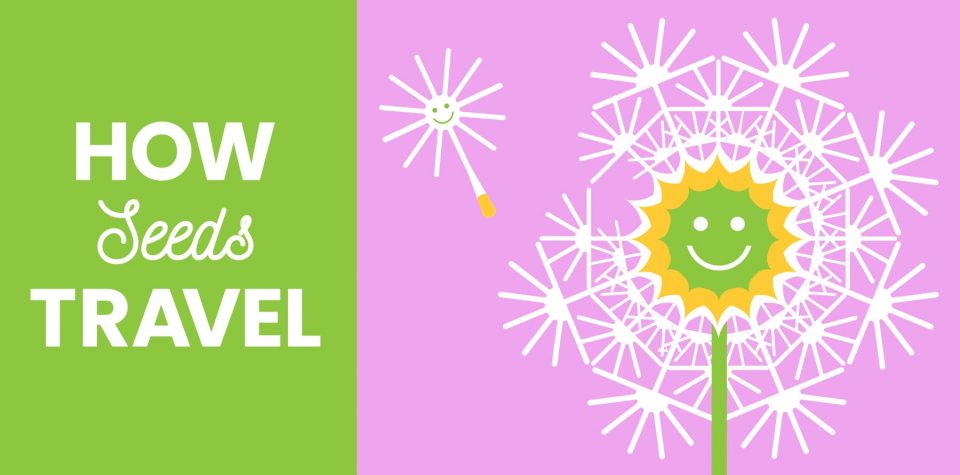
How Seeds Travel
Just like animals, plants need ways to spread out and find new places to live from generation to generation. Every seed starts out on a plant, but it can’t grow there. It needs to find a space of its own, soil to germinate in, water, sunlight, and nutrients. Animals can move to get what they need, but plants have another solution: their seeds travel for them.
Seeds travel in five main ways: by wind, gravity, water, and animals, and ballistically. Plants often rely upon one of these methods, but they can be combined. Imagine a dandelion seed that blows away on the wind and lands in a stream, where it floats along until it catches on the coat of an animal stopping for a drink, which carries it even farther until it finally falls off.

Movement by Wind
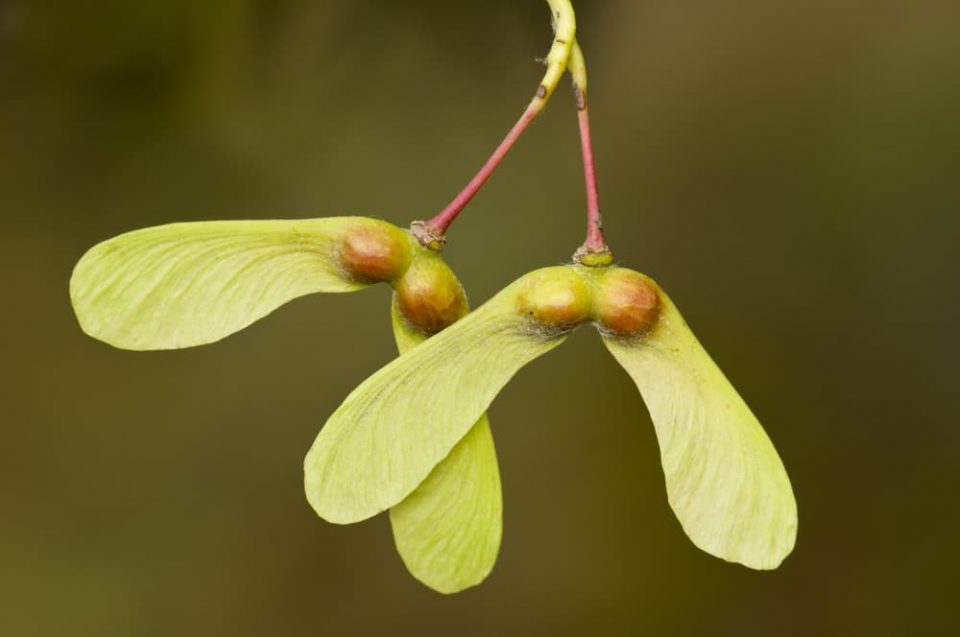
Seed travel by wind is what it sounds like—plants like maple trees and dandelions have special adaptations that help their seeds float long distances through the air. Lightweight and often equipped with fluffy parts or “wings,” these seeds can go anywhere the wind blows. Because they’re subject to the whims of the wind, most of them won’t end up in a great place for growing, so plants tend to make a lot of them.
Movement by Water
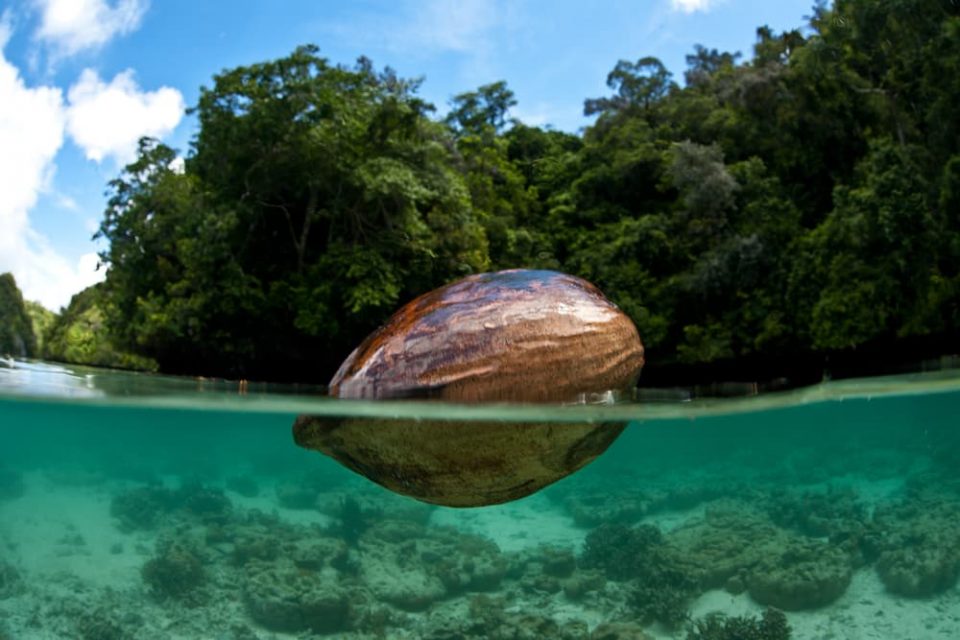
There’s only one way seeds travel that takes them farther than the wind: water! A seed accidentally dropping into a stream is one thing, but plants in the tropics, like coconut trees, have developed strong, tough seeds that can travel over the ocean for thousands of miles. To survive a journey by water, a seed must have a waterproof or water-resistant casing and some way to stay afloat, like fluff attached to it.

Movement by Gravity
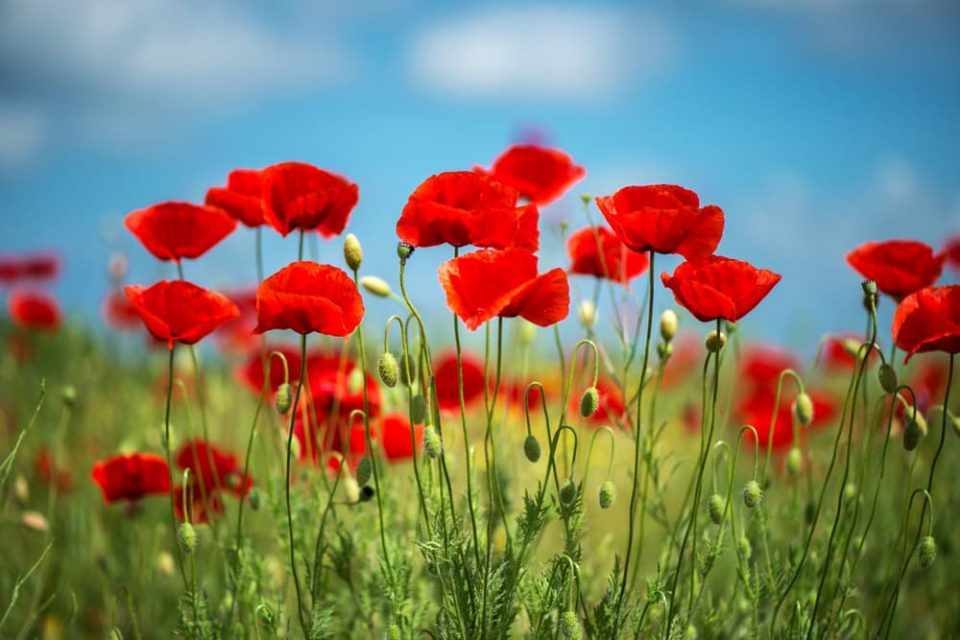
Not all seeds travel thousands of miles like the coconut. Some plants, like poppies, thrive best in colonies. Those plants often have seeds that drop straight down to the ground. These seeds may be tough or round, to help them survive falling to the ground or help them roll a short distance away from the plant they dropped from.
Ballistic Movement
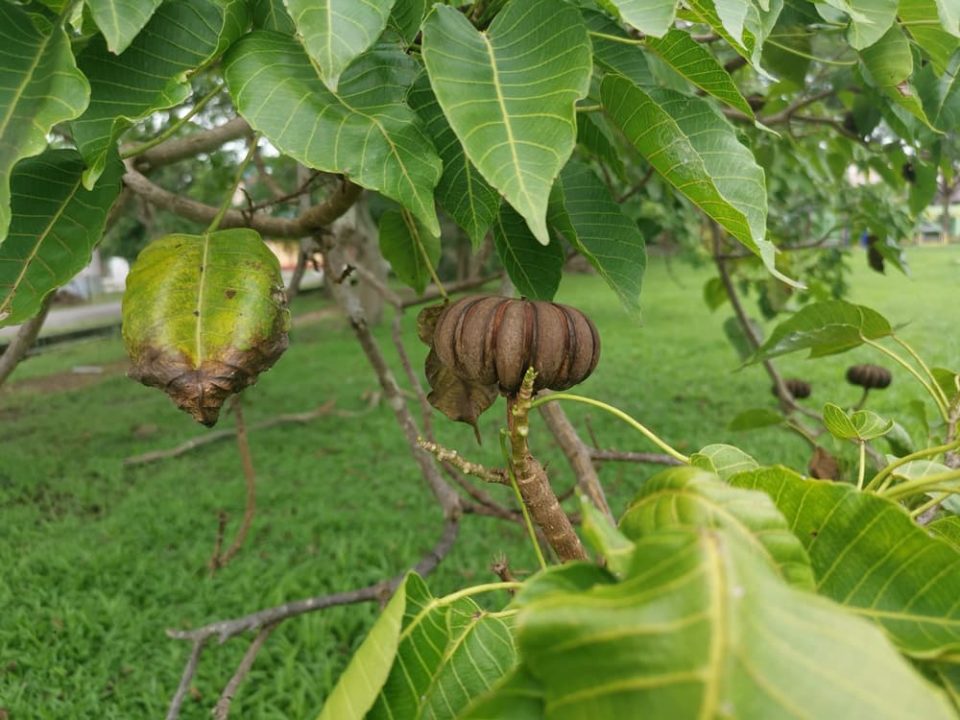
Somewhere between travel by wind and travel by gravity comes ballistic movement. Some plants have evolved with seed pods that burst open when they dry, physically launching their seeds into the air. The tropical sandbox tree’s seed pods, which look like pumpkins, explode like this—and loudly! The United Kingdom’s touch-me-not balsam’s seed pods burst as well, scattering their seeds around the forests of its Lake District.
Movement by Animal
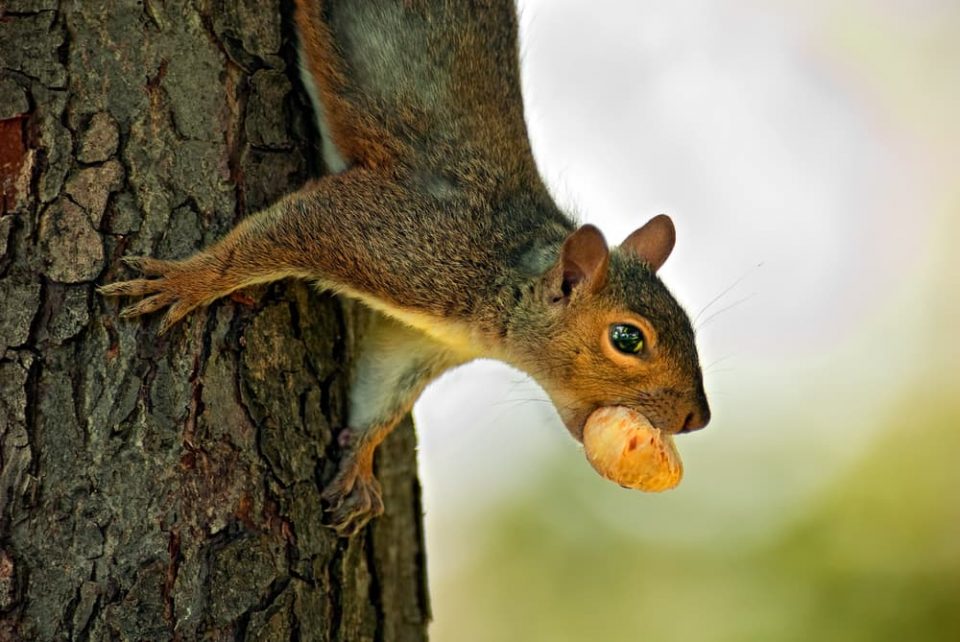
Many plants rely on animals to help their seeds travel. Sometimes that means snagging a free ride on a passing animal with hooked or burred seeds that get caught in its fur (or a person’s clothing!). Sometimes it means hiding a seed in a delicious fruit so that it passes through an animal’s digestive tract and ends up far from its start. Birds munching on seeds or squirrels eating acorns also help plants spread when they leave a few behind after their meal. And even insects can help spread seeds by knocking them off plants or, in the case of ants, by gathering them for food!
Together Time
Humans are animals too, and we can also help seeds find the perfect place to grow! Check out how to plant a salad garden and enjoy a whole summer of delicious, homegrown vegetables.

